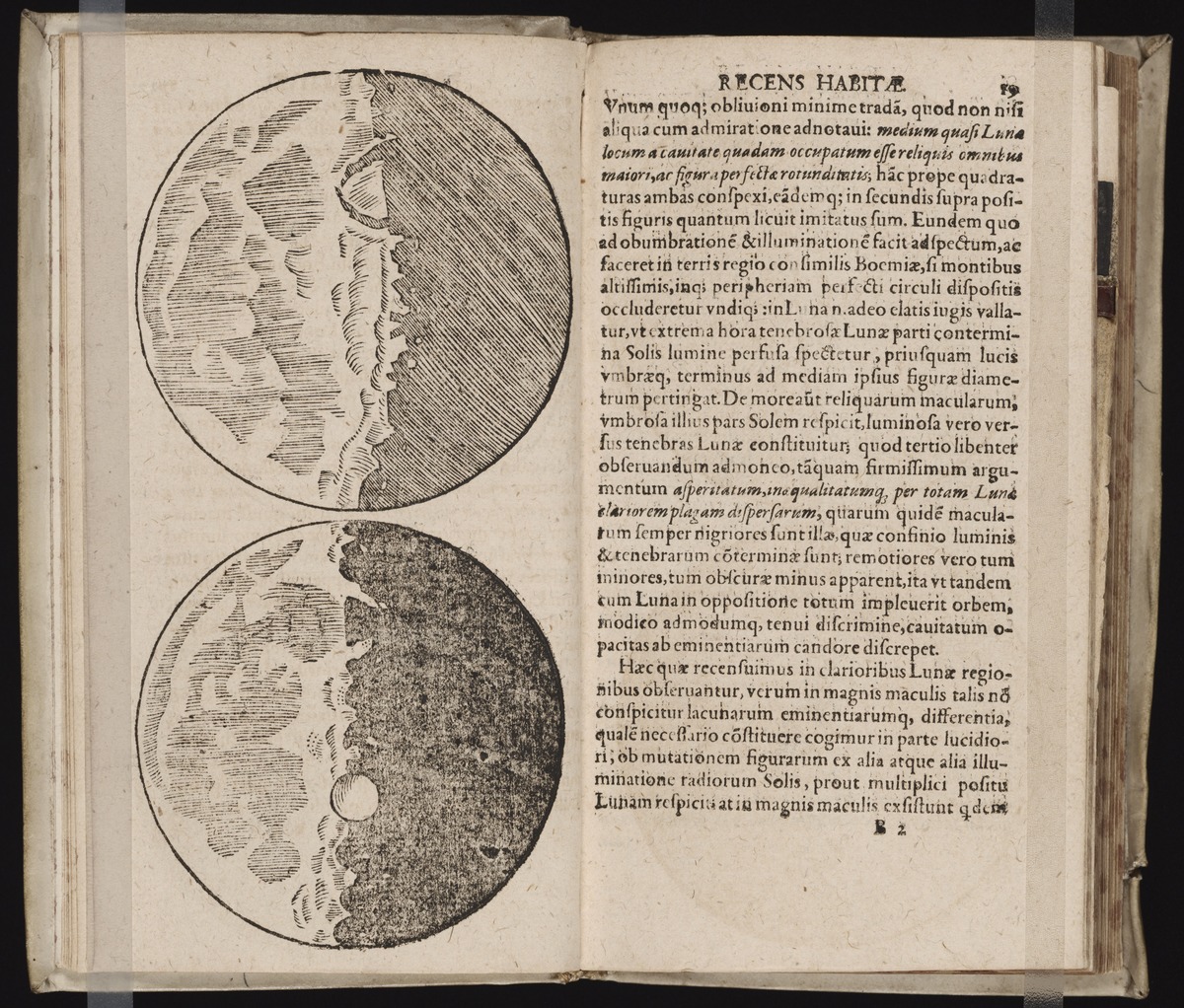Starry Messenger: Observing the Heavens in the Age of Galileo

This exhibition is in celebration of the International Year of Astronomy with the Yale University Department of Astronomy.
In the autumn of 1609, the Italian mathematician and astronomer Galileo Galilei turned his telescope to the heavens, deciphering the cratered face of the moon, the four satellites of Jupiter, and other previously opaque features of the heavens. When, in 1610, Galileo published his Sidereus Nuncius, or Starry Messenger, the German astronomer Johannes Kepler responded with enthusiasm, praising the significance of Galileo’s observations with his own Dissertatio cum Nuncio Sidereo, or, Conversations with the Starry Messenger (1610). To whom else did the stars speak in the early modern period? This exhibition reveals the furred and cratered faces, the portents and instruments in European observations of the heavens from the sixteenth through the eighteenth century. Drawing in part on a recently acquired collection of early modern comet literature, the exhibition explores the fascination and anxiety with the world, its state, and its possibilities of imperfection that infused the early modern European discussions of the stars. [ca. 30 items]